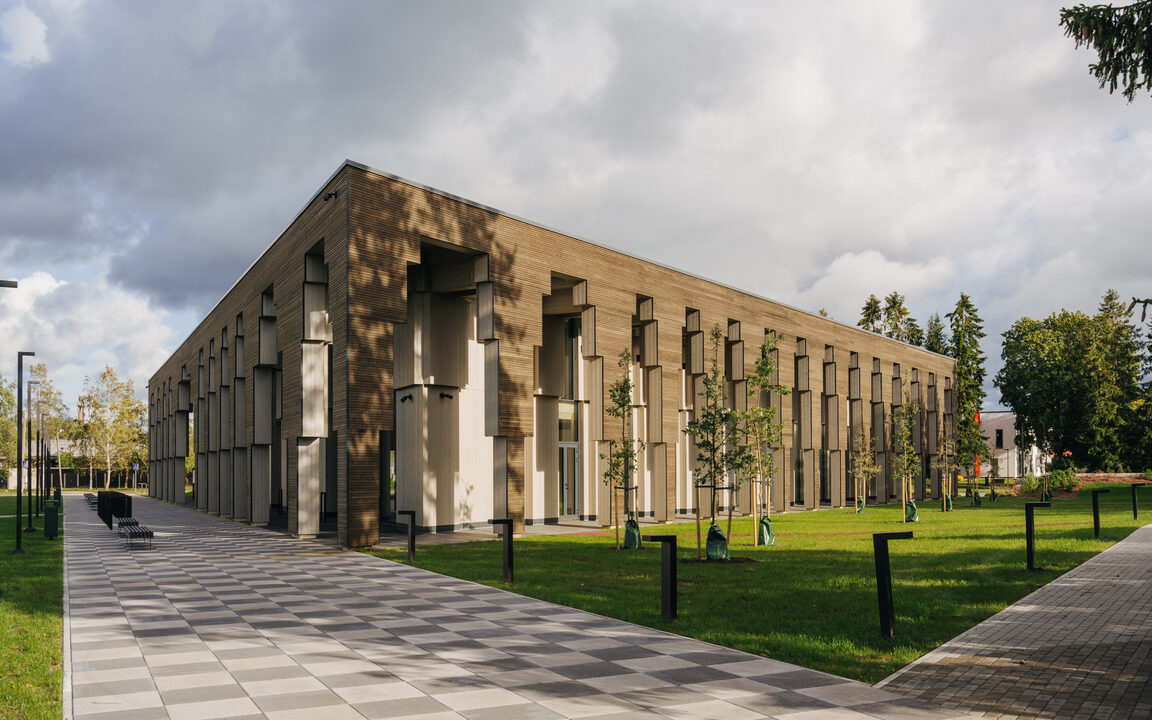ARCWOOD – sustainable and innovative solutions
ARCWOOD is committed to sustainable entrepreneurship. We are constantly investing in new technologies to incorporate sustainability when constructing buildings and in our manufacturing processes as a whole.
We monitor the environmental impact of our operations and have prepared Environmental Product Declarations (EPDs) for our flagship timber products, which are certified accordingly.



